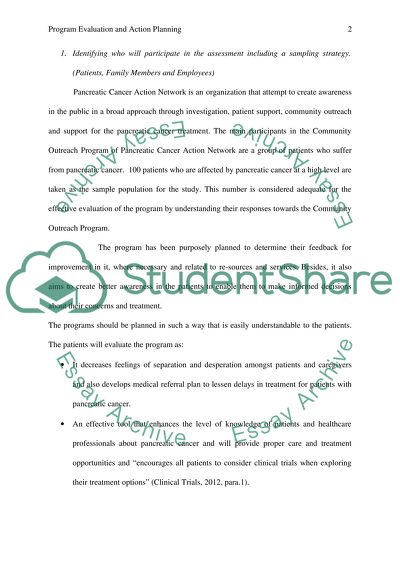Cite this document
(“Program Evaluation and Action Planning Assignment”, n.d.)
Program Evaluation and Action Planning Assignment. Retrieved from https://studentshare.org/marketing/1455348-program-evaluation-and-action-planning
Program Evaluation and Action Planning Assignment. Retrieved from https://studentshare.org/marketing/1455348-program-evaluation-and-action-planning
(Program Evaluation and Action Planning Assignment)
Program Evaluation and Action Planning Assignment. https://studentshare.org/marketing/1455348-program-evaluation-and-action-planning.
Program Evaluation and Action Planning Assignment. https://studentshare.org/marketing/1455348-program-evaluation-and-action-planning.
“Program Evaluation and Action Planning Assignment”, n.d. https://studentshare.org/marketing/1455348-program-evaluation-and-action-planning.


